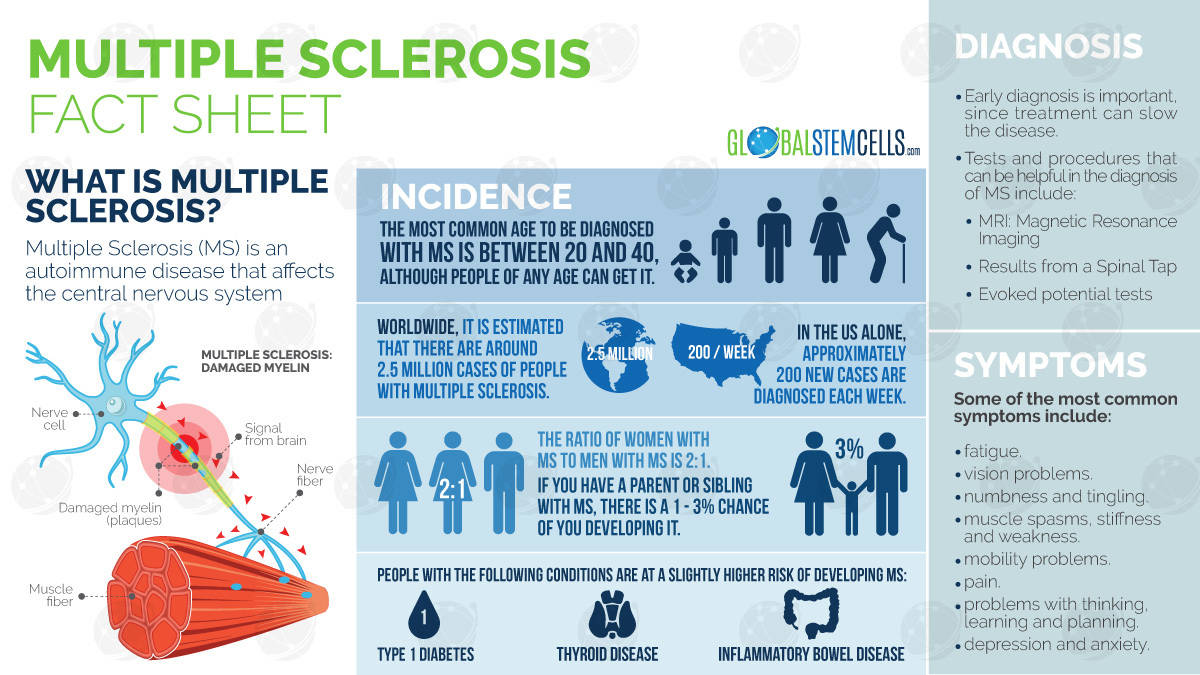March is Multiple Sclerosis Awareness Month and is geared toward raising awareness of this debilitating disease. The month is also dedicated to celebrations of global solidarity in tackling Multiple Sclerosis and setting the agenda for the future. Activities lined up for Multiple Sclerosis Awareness Month include the sharing of stories from those affected, (both directly and indirectly) and is expected to involve hundreds of thousands of people around the world.
What is Multiple Sclerosis?
Multiple Sclerosis is an autoimmune disease of the central nervous system, whose origins are still unclear, and which affects the brain, the spinal cord and optic nerves. The very mild cases show up as numbness in the limbs while in the very severe cases paralysis and blindness are not unknown.

Difficulties in coordination and balance, unexplained fatigue, bladder and bowel problems (and sometimes urinary retention), dizziness and tingling are some of the classic symptoms of this ailment. Other symptoms include painful and involuntary muscle contractions, slurred speech and vision problems. These are just a few of the challenges that people with Multiple Sclerosis have to live with, and by extension their families. The distinction between patient and care-giver may be clear as far as the disease is concerned but the sacrifice and sometimes empathetic suffering of the latter is a real issue.
The severity of the course of the particular strain of Multiple Sclerosis and the symptoms’ severity vary widely between individuals. It is a very personal disease in this sense and no two patients will have quite the same symptoms. Multiple Sclerosis is also characterised by periods of relapse and remission making life extremely unpredictable for patients and their caregivers. Women also display a higher propensity to contracting the disease than men with the ratio standing at roughly 2:1.
Having the dubious distinction of being the most widespread disabling neurological condition of young adults in the world, Multiple Sclerosis appears to mainly target people in the 20 – 40 age bracket.
Multiple Sclerosis Incidence
A conservative estimate puts the number of people with Multiple Sclerosis globally at 2.5 million. The incidence of the disease has certain noteworthy characteristics: it is more prevalent in colder climates and people of North European Descent appear to be more susceptible to it, regardless of where they live on the planet. This points to some obvious inherent characteristic of the disease. Africans, Asians and Native Americans display the lowest susceptibility to the disease.
A rather peculiar characteristic of the disease, and one that obviously needs further research, is that a child relocating from a low-risk area to a high-risk area (and vice-versa) assumes the risk level of the new area. They however retain the original risk level if relocation is post-puberty. These and other enigmas associated with this disease are expected to provide enough fodder in exploring new frontiers in the management of Multiple Sclerosis.
Educational activities during Multiple Sclerosis Awareness Month should also bring to the fore drug treatments and alternative therapies that are now at the cutting edge of treating and managing this ailment.




 English
English